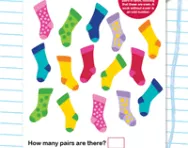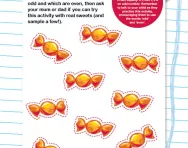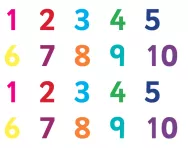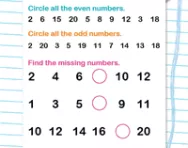Important update from TheSchoolRun
For the past 13 years, TheSchoolRun has been run by a small team of mums working from home, dedicated to providing quality educational resources to primary school parents. Unfortunately, rising supplier costs and falling revenue have made it impossible for us to continue operating, and we’ve had to make the difficult decision to close. The good news: We’ve arranged for another educational provider to take over many of our resources. These will be hosted on a new portal, where the content will be updated and expanded to support your child’s learning.
What this means for subscribers:
- Your subscription is still active, and for now, you can keep using the website as normal — just log in with your usual details to access all our articles and resources*.
- In a few months, all resources will move to the new portal. You’ll continue to have access there until your subscription ends. We’ll send you full details nearer the time.
- As a thank you for your support, we’ll also be sending you 16 primary school eBooks (worth £108.84) to download and keep.
A few changes to be aware of:
- The Learning Journey weekly email has ended, but your child’s plan will still be updated on your dashboard each Monday. Just log in to see the recommended worksheets.
- The 11+ weekly emails have now ended. We sent you all the remaining emails in the series at the end of March — please check your inbox (and spam folder) if you haven’t seen them. You can also follow the full programme here: 11+ Learning Journey.
If you have any questions, please contact us at [email protected]. Thank you for being part of our journey it’s been a privilege to support your family’s learning.
*If you need to reset your password, it will still work as usual. Please check your spam folder if the reset email doesn’t appear in your inbox.
What are odd and even numbers?
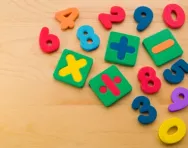
What are odd and even numbers?
Children in Key Stage 1 need to learn about odd and even numbers.
An even number is a number that can be divided into two equal groups.
An odd number is a number that cannot be divided into two equal groups.
Even numbers end in 2, 4, 6, 8 and 0 regardless of how many digits they have (we know the number 5,917,624 is even because it ends in a 4!).
Odd numbers end in 1, 3, 5, 7, 9.
How children learn about odd and even numbers
Teachers will often give children counters to help them understand odd and even numbers. They may give children a set of numbers, for example:
7 1 8 4 5
and then ask them to count out each number in counters, then organise the counters into two equal groups. Sometimes it is helpful to give them a piece of paper with two circles on it, so that they can count the counters out into the circles.
It is important that children become confident with this skill in Key Stage 1, as in Key Stage 2 they will be asked to answer questions based on a firm understanding of odd and even, for example:
Organise these numbers into the Venn diagram.
Children would need to sort the numbers so the 8 was in the left-hand circle. The 6 should be in the middle. The 9 should be in the right hand circle. The 1 and 5 should be outside the circles.
Children may also solve puzzles and investigations that require knowledge of odd and even numbers. For example:
What am I?
I am an odd number.
My digits add up to 7.
I am bigger than 50 and smaller than 100.
OR:
All multiples of 6 are even. Is this true or false?


